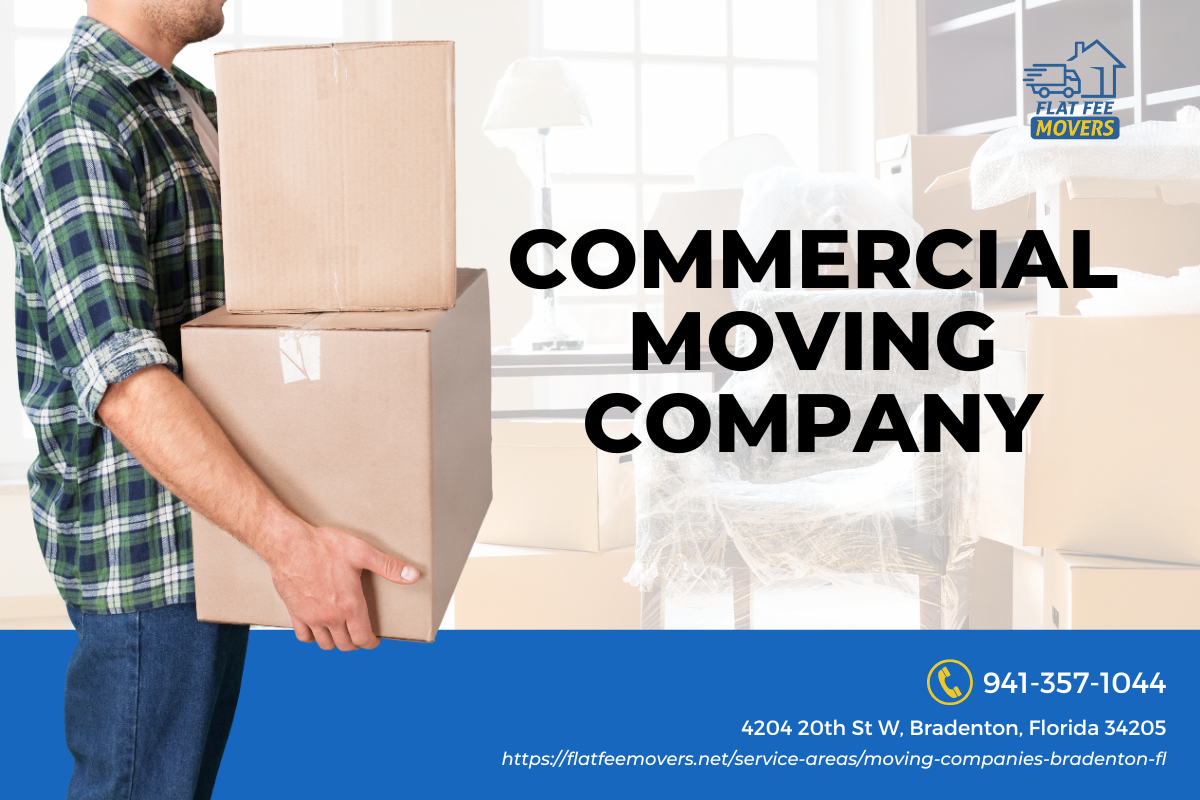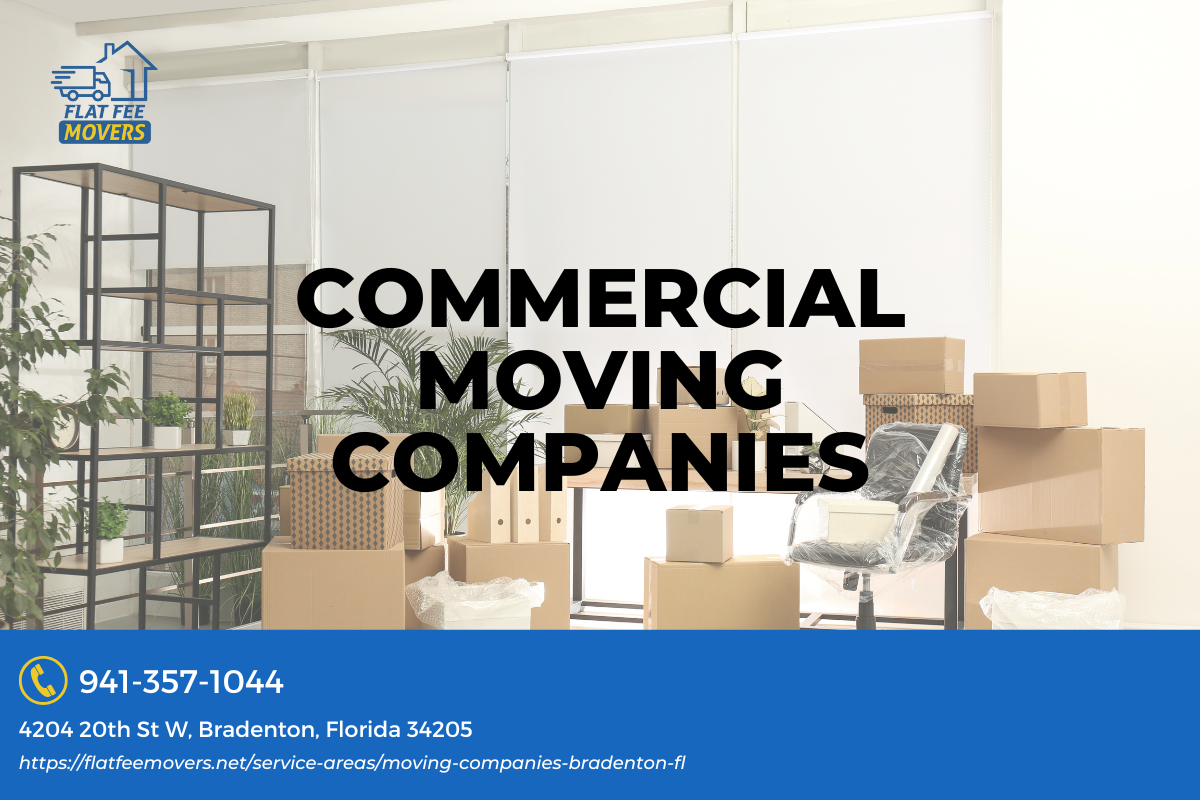

Introduction
Employee training plays a crucial role in the success of commercial moves. Whether you are relocating your office to a new building or expanding to multiple locations, having a well-trained team of employees is essential for a smooth and efficient transition. In this article, we will explore the importance of employee training in commercial moves and how it can contribute to the overall success of your business.
The Role of Employee Training in Commercial Moves: Why is it Important?
Employee training is vital for several reasons when it comes to commercial moves. Let's take a closer look at why it is important:
1. Ensuring Safety and Risk Management
One of the primary concerns during a commercial move is the safety of both employees and property. Proper training equips employees with the knowledge and skills to handle heavy equipment, pack fragile items, and navigate through potentially hazardous environments. By emphasizing safety protocols and procedures, you can minimize the risk of accidents or damage during the move.
2. Improving Efficiency and Productivity
Well-trained employees are more efficient in carrying out their tasks, leading to increased productivity during a commercial move. When employees have a clear understanding of their roles and responsibilities, they can work together seamlessly as a team. Training also helps them learn time-saving techniques and best practices for organizing, packing, and unpacking items, ultimately streamlining the entire moving process.
3. Minimizing Downtime
Downtime can be detrimental to any business, especially during a commercial move. Properly trained employees can ensure that downtime is minimized by efficiently managing the relocation process. With the right training, employees can quickly set up workstations at the new location, install necessary equipment and systems, and resume operations within the shortest possible time frame.
4. Enhancing Customer Satisfaction
Commercial moves often involve transferring essential services to new locations while ensuring minimal disruption to customers. Employee training plays a crucial role in ensuring a seamless transition for customers by providing them with uninterrupted access http://griffinzkay564.lowescouponn.com/tips-for-efficiently-moving-and-installing-office-furniture-during-a-commercial-relocation to products or services. Well-trained employees can handle customer inquiries, address concerns, and maintain a high level of customer satisfaction throughout the moving process.
5. Building Trust and Confidence
Investing in employee training demonstrates your commitment to their professional development and well-being. By providing them with the necessary skills and knowledge, you build trust and confidence among your employees, fostering a positive work environment. Employees who feel supported and valued are more likely to be motivated and perform at their best during the commercial move.
FAQs About Employee Training in Commercial Moves
Q: What type of training should be provided to employees for commercial moves? A: The training should cover various aspects such as proper packing techniques, equipment handling, safety protocols, customer service skills, and familiarity with the new location's layout.
Q: How long does employee training for commercial moves typically take? A: The duration of training can vary depending on the complexity of the move and the specific needs of your business. It is recommended to start training well in advance to allow employees ample time to learn and practice new skills.
Q: Should employees receive refresher training before each commercial move? A: Yes, it is beneficial to provide refresher training before every commercial move to ensure that employees are up-to-date with any changes in procedures or equipment usage.
Q: Can outsourcing the moving process eliminate the need for employee training? A: While outsourcing certain aspects of the move can be helpful, it is still essential to train employees on their roles and responsibilities during the relocation. This ensures better coordination between outsourced movers and internal staff.
Q: How can employee feedback be incorporated into the training process? A: Encouraging employee feedback and incorporating their suggestions into the training program can enhance its effectiveness. This allows employees to share their experiences and contribute to continuous improvement.
Q: What are some key metrics to measure the success of employee training in commercial moves? A: Metrics such as reduced downtime, increased customer satisfaction, minimal accidents or damage, and smooth workflow can be used to evaluate the success of employee training in commercial moves.
Conclusion
In conclusion, the role of employee training in commercial moves cannot be overstated. It ensures safety, improves efficiency, minimizes downtime, enhances customer satisfaction, and builds trust among employees. By investing in comprehensive training programs, businesses can maximize the potential for a successful and seamless transition during a commercial move. So, prioritize employee training and empower your team to handle any relocation with confidence and professionalism.
Remember, when it comes to commercial moves, well-trained employees are the key to a smooth and successful transition!